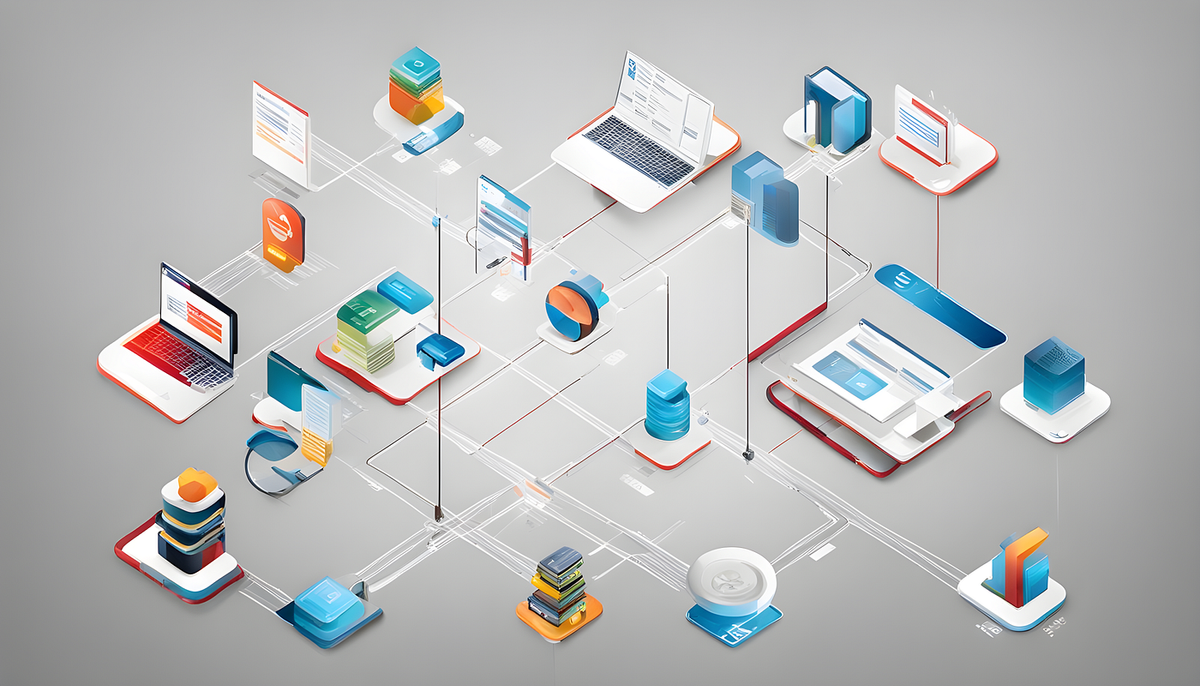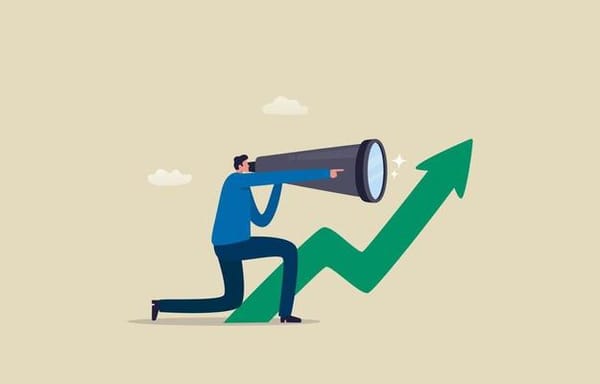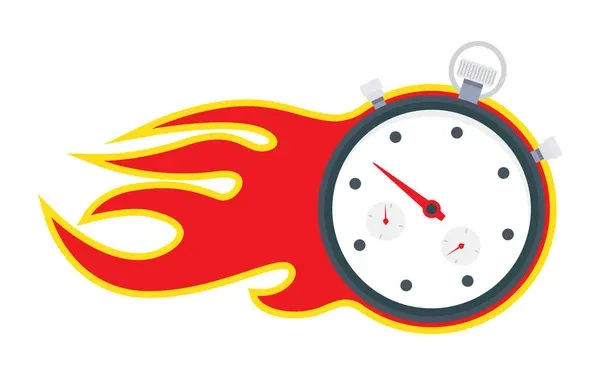From Click to Customer: Mastering Shopify Conversion Rates

Conversion rates measure the percentage of visitors who take a desired action, such as making a purchase. A higher conversion rate means your online store is effectively turning visitors into paying customers.
Shopify offers powerful tools and features that help merchants improve their conversion rates. By focusing on key factors such as optimizing product pages, enhancing the checkout process, and leveraging effective marketing campaigns, you can significantly boost conversions and grow your e-commerce business.
So, what exactly is a conversion rate? In simple terms, it’s the ratio of visitors who complete a desired action (such as a purchase) compared to the total number of visitors to your store. Monitoring conversion rates helps you gauge your store’s performance and identify areas for improvement.
When it comes to Shopify stores, industry benchmarks and statistics can give you insight into the average conversion rates across different industries. Understanding these averages can help you set realistic goals and measure your progress effectively. The average conversion rate serves as a critical benchmark for Shopify stores, offering a clear target to aim for and a context for evaluating your store's performance against industry standards.
Several key factors influence conversion rates in your Shopify store, including:
- Product Pages: High-quality product images, detailed descriptions, and clear calls-to-action can encourage potential customers to make a purchase.
- Checkout Process: A smooth and streamlined checkout process can reduce friction and cart abandonment, leading to higher conversion rates.
- Marketing Efforts: Effective marketing campaigns that target the right audience can drive more qualified traffic to your store and boost conversions.
Analyzing Conversion Rates in Your Shopify Store
To improve your Shopify store’s conversion rate, you first need to analyze shopify conversion rate statistics and understand your current performance. Here are some ways you can do this:
- Using Google Analytics: Integrate Google Analytics with your Shopify store to gain insights into conversion rates, user behavior, and traffic sources.
- Shopify Admin Dashboard: Within your Shopify Admin, you can view conversion details and track important metrics such as average order value and checkout conversion rate. This dashboard is crucial for understanding your Shopify store's conversion rate, providing detailed insights into calculating and optimizing this rate through various strategies, including A/B testing and data-driven decision-making.
- Examining Traffic Sources: Understanding where your website visitors come from can help you optimize your marketing efforts and improve conversion rates from specific traffic sources.
By regularly monitoring and analyzing your store’s conversion rates, you can identify opportunities for improvement and develop targeted strategies to boost conversions.
Conversion Rate Optimization Strategies
Boosting conversions in your Shopify store involves implementing strategies that enhance the shopping experience and guide customers towards completing their purchases. Understanding and optimizing your ecommerce conversion rate is crucial in measuring the effectiveness of these strategies and the overall performance of your online store. This rate helps you understand how well your store converts visitors into buyers, providing insights into areas for improvement. Here are some effective methods for optimizing conversion rates and specifically improving Shopify conversions:
- Improving Product Pages: Make sure your product pages are well-designed with high-quality images and detailed product descriptions. Optimize these pages to improve Shopify conversions by including clear calls-to-action and ensuring that product information is easy to understand.
- Checkout Process Enhancements: Streamline your checkout process by minimizing the number of steps and offering guest checkout options. Simplifying the checkout process is a key strategy to improve Shopify conversions, reducing friction and making it easier for customers to complete their purchases.
- Encouraging Customers: Offer incentives like free shipping, discount codes, or a free gift to encourage customers to complete their purchases. These small gestures can make a big difference in boosting conversions.
Reducing Cart Abandonment
Cart abandonment is a common challenge for e-commerce stores, but there are ways to address it and improve conversion rates:
- Understanding Cart Abandonment: Analyze why customers are leaving their carts behind and identify potential pain points in the checkout process.
- Implementing Progress Bars and Clear Calls-to-Action: Use progress bars to show customers how far they are in the checkout process. This helps keep them engaged and motivated to complete their purchase.
- Offering Multiple Payment Options: Provide customers with a variety of payment options to choose from, such as credit cards, digital wallets, and buy-now-pay-later services.
By reducing cart abandonment, you can increase conversions and improve overall customer satisfaction.
Leveraging Marketing Campaigns for Better Conversion Rates
Marketing campaigns can play a crucial role in boosting conversions and driving targeted traffic to your Shopify store. Here are some tips for leveraging marketing efforts effectively:
- Effective Marketing Campaigns: Design campaigns that resonate with your target audience and highlight the value proposition of your products.
- Utilizing Social Proof: Incorporate customer reviews, ratings, and testimonials on your product pages to build trust and confidence with potential customers.
- Running Promotions and Discounts: Offer time-limited promotions and discounts to create a sense of urgency and encourage customers to make a purchase.
By aligning your marketing efforts with your conversion goals, you can drive more traffic and increase the likelihood of conversions.
Tracking and Improving Conversion Rates
Tracking and measuring your Shopify store’s conversion rates is essential for identifying opportunities for improvement and implementing effective changes. Understanding the industry benchmark for the average Shopify conversion rate, which is approximately 1.3-1.5%, is crucial in this context as it provides a reference point for evaluating your store's performance against a broader landscape. Here’s how you can track and enhance conversion rates:
- Conversion Rate Tracking Tools: Utilize Shopify’s built-in analytics tools and third-party apps to monitor your conversion rates and gather insights about your store’s performance.
- Setting Goals and KPIs: Establish clear goals and key performance indicators (KPIs) for your store’s conversion rates. This helps you measure success and stay focused on your objectives.
- Testing and Experimentation: Conduct A/B testing to experiment with different elements of your store, such as headlines, images, and calls-to-action. This allows you to optimize your store based on data-driven results.
Leveraging High-Quality Product Images and Descriptions
Visuals play a crucial role in influencing customer decisions and boosting conversions. Here's how to use high-quality product images and descriptions to your advantage:
- High-Quality Images: Invest in professional photography to showcase your products in the best light. Use multiple images from different angles and include zoom functionality for a closer look.
- Detailed Product Descriptions: Provide comprehensive and accurate product descriptions that answer common customer questions. Include size charts, materials, and care instructions to build trust and confidence.
- Videos and 360-Degree Views: Consider incorporating videos or 360-degree views of your products to give customers a better sense of what they're buying.
By focusing on visuals and product descriptions, you can enhance the customer experience and increase the likelihood of conversions.
Boost Conversion Rates with SEOPro
Optimizing your Shopify store’s conversion rates requires a deep understanding of your audience, data-driven insights, and effective strategies. By focusing on critical areas such as product pages, checkout processes, marketing campaigns, and high-quality visuals, you can boost conversions and drive more sales.
To maximize your store’s potential, consider using SEOPro to identify and resolve SEO issues, optimize your content, and improve search engine rankings. SEOPro helps you reach a wider audience and convert more visitors into loyal customers. Optimizing content and improving search engine rankings are crucial for ecommerce sites and ecommerce websites, as these platforms benefit significantly from understanding customer behavior and enhancing user engagement to prevent cart abandonment and improve conversion rates.
Remember to continuously track and measure your store’s performance, set clear goals, and stay informed about the latest trends in e-commerce. This proactive approach leads to sustainable growth and success in your Shopify store.
Take action today by implementing the tips and strategies outlined in this guide, along with the powerful tools of SEOPro. By focusing on improving conversion rates, you can create a seamless shopping experience that keeps customers coming back for more.





